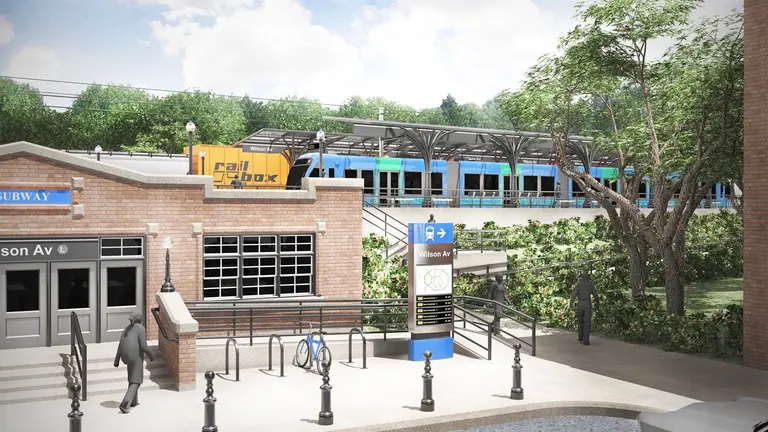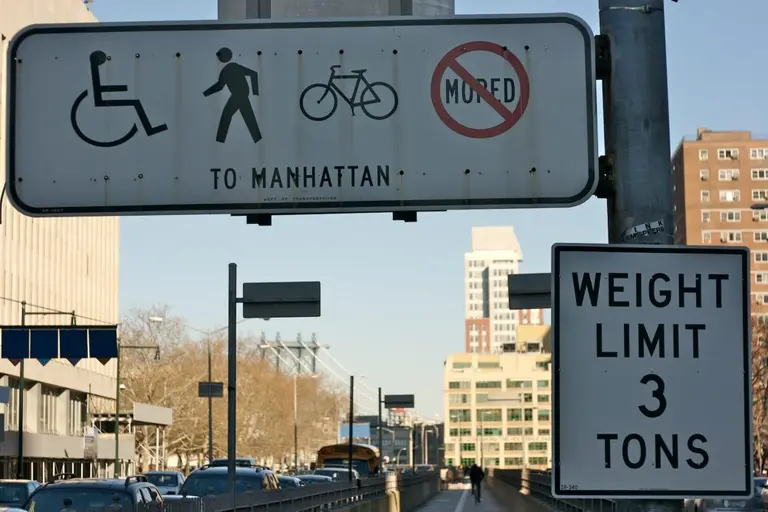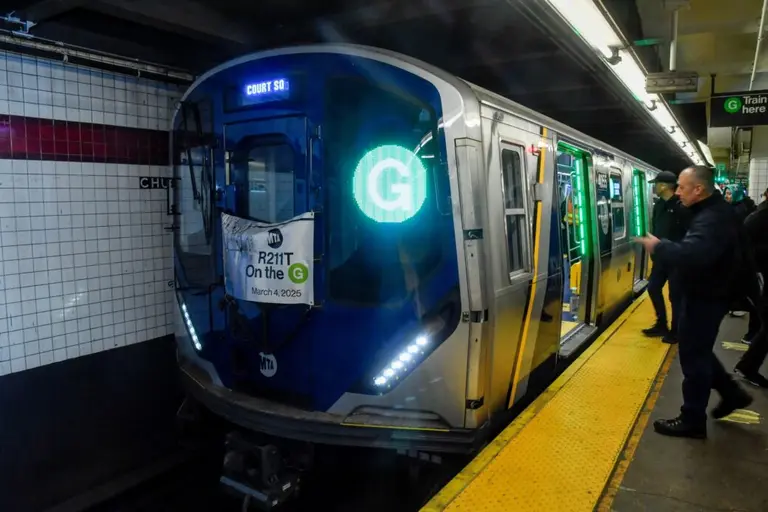Next president of New York City Transit says subway lines may be shuttered for repairs

This November, the MTA announced it had hired Andy Byford as the next president of New York City Transit, the MTA agency responsible for subways, buses, para-transit services, and the Staten Island Railway. And already he’s suggested that the city’s struggling transit system requires aggressive steps to improve. According to the New York Times, he is weighing the option of shutting down lines for long periods of work with the goal of modernizing the system in years, rather than decades.
Byford will begin his job next month, after a series of reports this year revealed what dire shape the subway is actually in. And in improving Toronto’s public transit system, Byford shut down the subway on weekends to repair switches and tracks and lay the groundwork for new signals.
A recent proposal by the Regional Plan Association suggested the MTA would need to end 24/7 service to keep up with repair work, though it was met with controversy and a rebuke from MTA chairman Joe Lhotta. Still, the transit agency is gearing up for a full 15-month shutdown of the L train, plus a five days closing this month for another tunnel that carries the E and the M lines between Queens and Manhattan.
“The only way to do that is to get in the tunnels and do the work, and you cannot do that when trains are running, period,” Byford told the New York Times. “If we’re really serious we have to bite the bullet and to a certain extent inconvenience people while we get the work done, but I will hold myself accountable to New Yorkers to say it will be worth the pain.”
He also plans to scrutinize how the subway spends money and consider overhauling senior management. He’ll consider proposals for congestion pricing–which means charging fees to drive into the most crowded parts of Manhattan as a way to raise money for transit.
Back in Toronto, he was able to tackle large-scale management and maintenance issues while focusing on easier fixes like cleaning subways, renovating bathrooms and rider-friendly signage. But he’s still facing a substantial challenge here in New York. Toronto’s transit system carries about 1.7 million riders every weekday on its network of subways, streetcars and buses, while New York’s system serves nearly six million daily riders on the subway alone. This will mark the agency’s fifth full-time leader in the past ten years, to take on a gig Byford has called “arguably the toughest job in transit right now.”
RELATED:
Interested in similar content?
Leave a reply
Your email address will not be published.





























I would try to alternate closing some of the routes. While it will not always be possible, some parts of the city have redundant subway service. Strategically shut down lines overnight and allow the redundant lines to take up the slack, then focus your bus resources on the areas that don’t have redundant lines. Example: Shut down the 1 train tunnel, the A tunnel can handle most of the load except up by Van Courtland where you can use shuttle buses, or down by Tribecca where they have other lines, but could use buses. It becomes a bit harder to do in Brooklyn and...
Read more